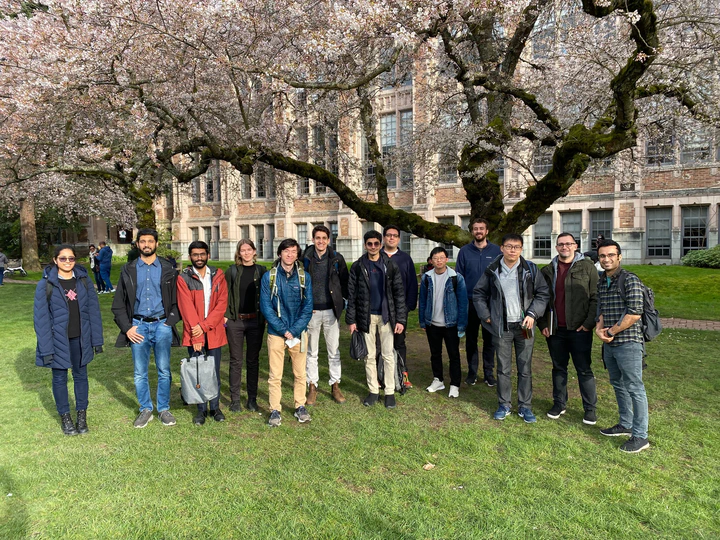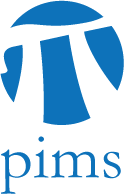KI retreat 2022
 KI Retreat - group photo
KI Retreat - group photoSchedule
- 10:00 - Room opens.
- 10:05 - 10:50: Jingwei Hu, UW Applied Math Slides
- 10:55 - 11:40: Amir Taghvei, UW Aeronautics and Astronautics Slides
- 11:45 - 12:30 : Nabarun Deb, incoming KI postdoc, Columbia University Slides
- 12:30 - 2:30: Lunch Break
- 2:30 - 3:20: Raghav Somani, UW CSE, and Raghav Tripathi, UW Math Slides
- 3:25 - 3:55: Lang Liu, UW Stat Slides
- 4:00 - 4:30: Hyeonseok Park, UW Econ Slides
- 4:30 - 5:00: Nick Irons, UW Stat Slides
Abstracts
Estimation and inference in structural models in economics and finance often pose challenges to the classical likelihood-based method. In structural models such as term structure models and dynamic stochastic general equilibrium models, observable economic variables could be driven by fewer latent variables. This causes stochastic singularity, and the maximum likelihood estimation (MLE) is not well-defined. In econometric models with parameter-dependent supports such as auction models, MLE is well defined, but the classical likelihood-based inference may be invalid because the likelihood function can be discontinuous depending on the underlying structural parameters.
This talk introduces a simple and robust method for the estimation and inference in structural econometric models based on sliced distances. In contrast to MLE and likelihood-based inference, we show that under mild regularity conditions, our estimator is asymptotically normally distributed, leading to simple inference regardless of the possible presence of ”stochastic singularity” such as in the asset pricing/state-space models and parameter-dependent supports. Furthermore, our estimator is applicable to generative models with intractable likelihood functions but from which one can easily draw synthetic samples.
This talk is based on the joint work with Prof. Yanqin Fan.
This event is part of the Pacific Interdisciplinary Hub on Optimal Transport (PIHOT) which is a collaborative research group (CRG) of the Pacific Institute for the Mathematical Sciences (PIMS).
